Generation urbex: The extreme urban adventurers risking all for the right to roam
A new breed of activists-cum-urban explorers – urbexers – are testing the limits of both the law and their own mortality to challenge a world of growing boundaries and restrictions and reassert the right to freedom of movement
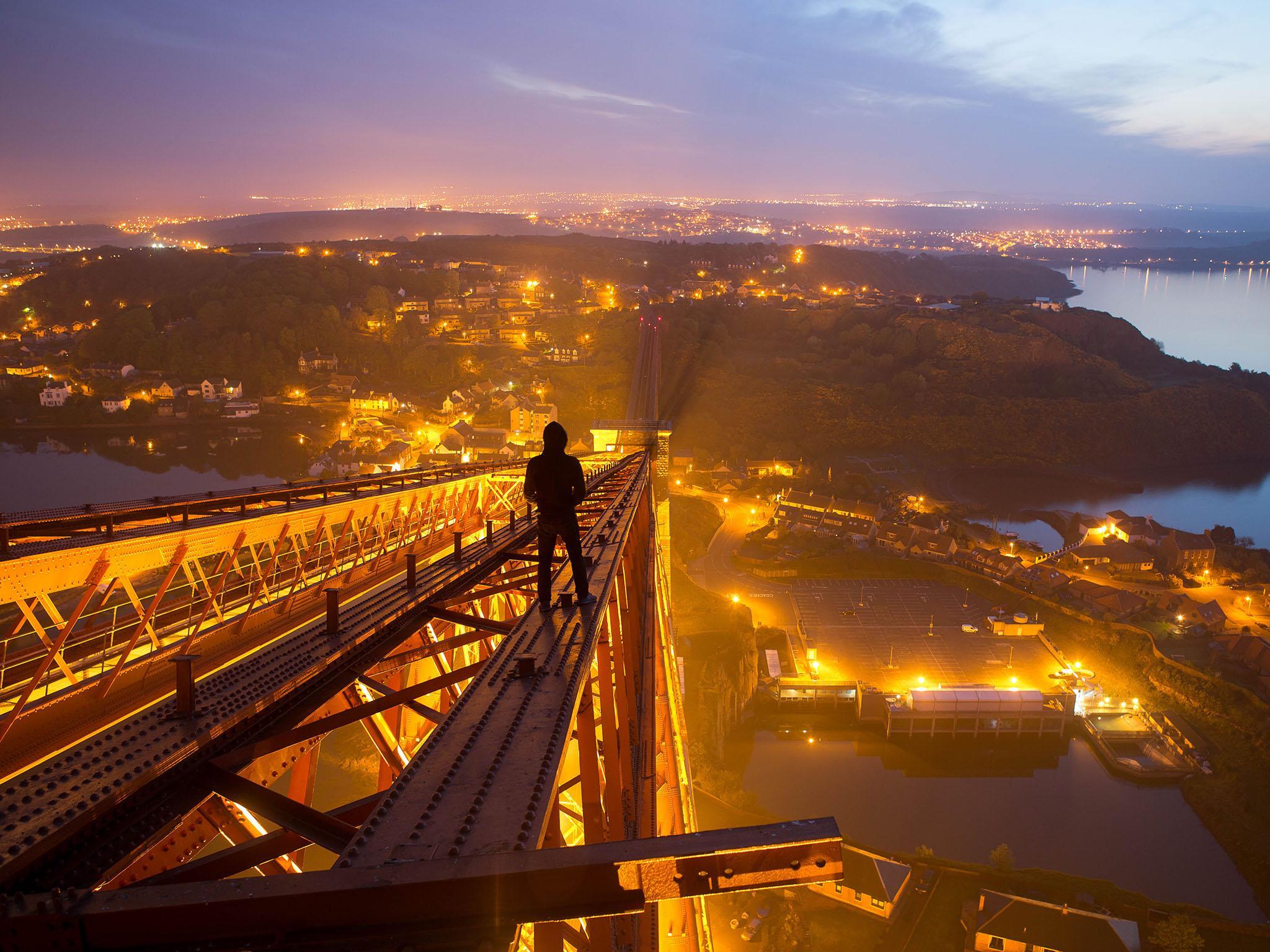
Your support helps us to tell the story
From reproductive rights to climate change to Big Tech, The Independent is on the ground when the story is developing. Whether it's investigating the financials of Elon Musk's pro-Trump PAC or producing our latest documentary, 'The A Word', which shines a light on the American women fighting for reproductive rights, we know how important it is to parse out the facts from the messaging.
At such a critical moment in US history, we need reporters on the ground. Your donation allows us to keep sending journalists to speak to both sides of the story.
The Independent is trusted by Americans across the entire political spectrum. And unlike many other quality news outlets, we choose not to lock Americans out of our reporting and analysis with paywalls. We believe quality journalism should be available to everyone, paid for by those who can afford it.
Your support makes all the difference.In Edmonton, Canada, the rain is falling heavily outside. In a storm drain under the city one man sees the water levels rise alarmingly. He approaches a large pipe where the water is gushing into his tunnel. As he gets closer, instead of stepping onto solid concrete as he expected, he drops into a 12-foot-deep pit filled with pounding water. He tries to climb out but powerful currents keep pulling him back. He flails desperately for seven or eight minutes before he starts to swallow water. He is drowning. The man isn’t a drainage worker or a rescuer looking for trapped people. He isn’t a homeless person sheltering from the weather. He is in fact a hobbyist, a practitioner of “urbex”, the modern art of urban exploration.
Urban explorers visit parts of the city that have been abandoned, condemned or pronounced off limits. They wade through sewers, scale buildings, scamper like rats through abandoned tube stations and tip-toe through derelict factories, hospitals and insane asylums. But what makes these people risk capture, injury and sometimes even death can be as varied as the sites themselves.
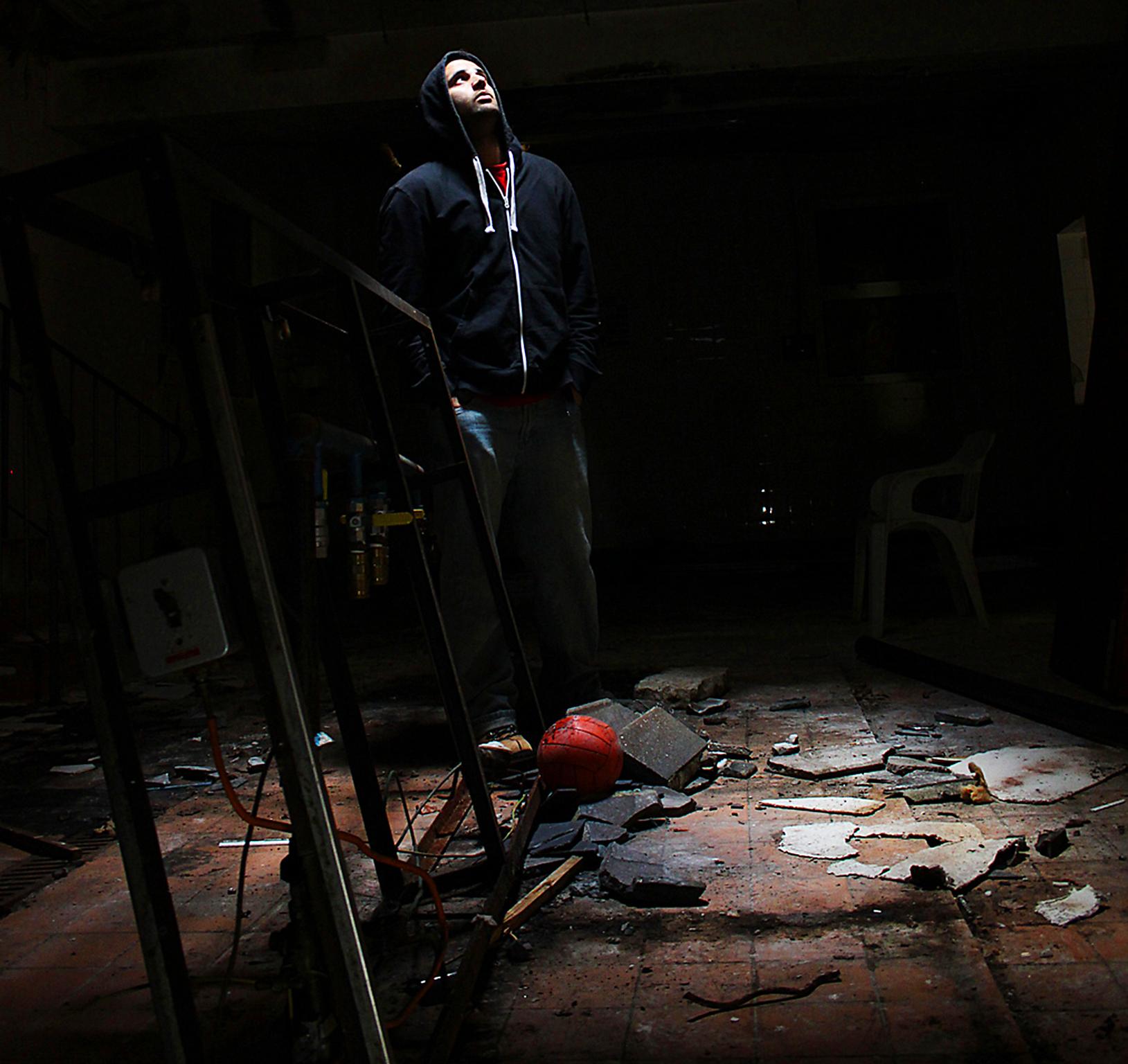
Urbexers photograph their excursions compulsively, posting the often lavishly produced images on specialist forums. “When you take a photo of a derelict site and edit it, it looks like a film set, ” says urban explorer and professional photographer, Alex Tredrea. “The colours are always good. Everything’s very textured. It’s just extremely interesting.” Tredrea, who has explored abandoned farms, factories, schools, hospitals and military installations, gets a thrill from the often-spooky atmosphere of the places. He is fascinated by the objects people leave behind, which still have the power to shock and surprise. Like an abandoned RAF base in Sopley, Hampshire, where he stumbled upon a room filled with Second World War army boots ready for action with a poster of Hitler looking on from the wall.
Documenting these forgotten corners assumes an importance as great as the discovery itself. “That’s one of the biggest parts of the photography side of it, ” says Tredrea. “These places did have life buzzing around them. They were important and thought about and all of a sudden the world’s just forgotten them. Then people like us go around and take photos and bring them back to life. ”
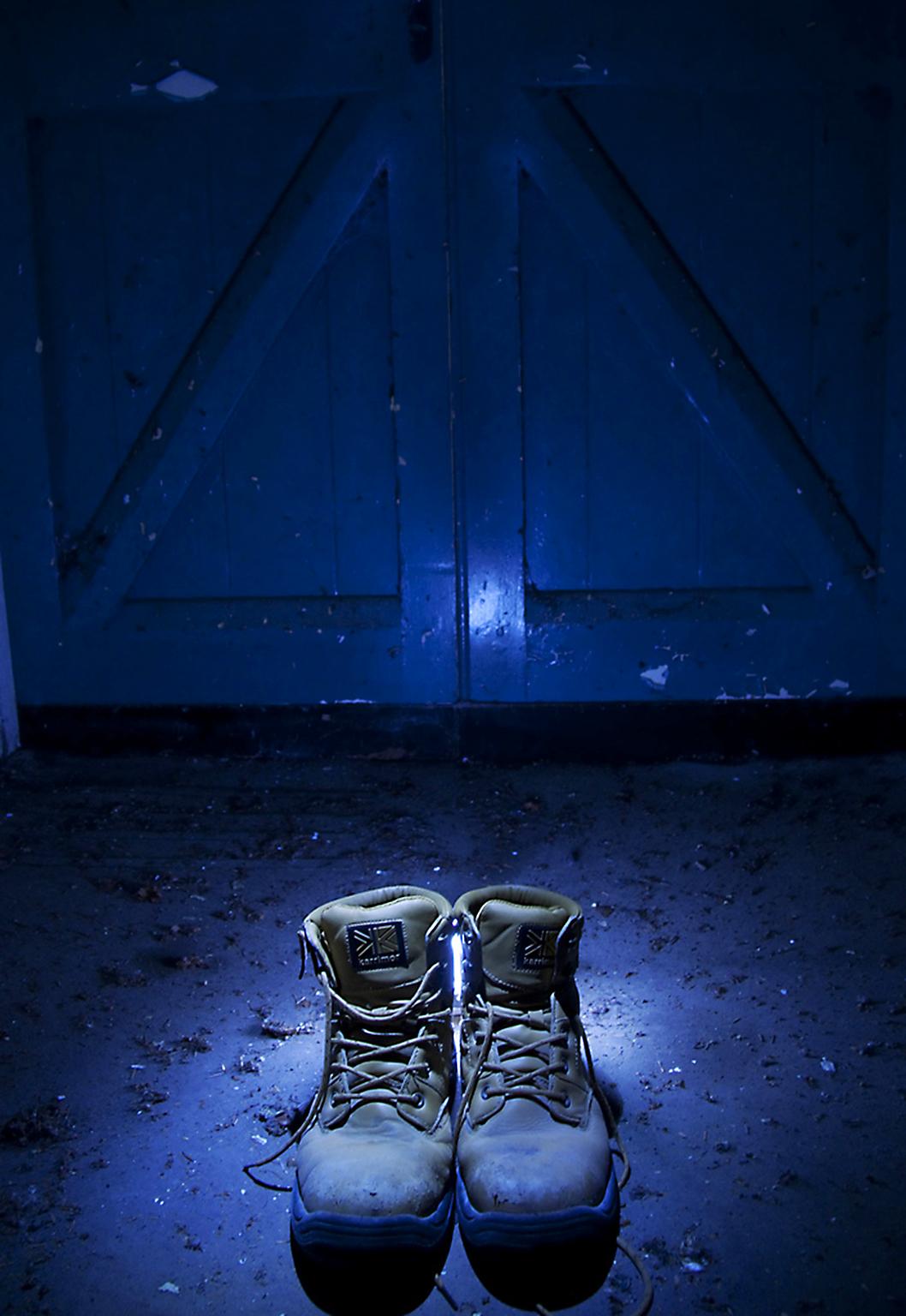
Creating a permanent record of something about to be lost is one of the motivations for another urban explorer, Simon Cornwell. Cornwell has his own website, Urbex UK, and was one of the first of the modern urban explorers in Britain, exploring sites at the turn of the millennium – a period he describes as the “classic years”. For Cornwell urban exploration is not just the chance to explore and document, but to make sense of a site and its past before it is lost for ever. This mixture of historical research and exploration can throw up some interesting results, even debunking long-held myths.
Such was the case of Cane Hill Hospital, a derelict Victorian insane asylum in Croydon which, even in the early 2000s, some locals believed was haunted and cursed. Some tunnels near the asylum contained weird machinery that was purportedly used for carrying out horrific experiments on patients. Cornwell explored the tunnels with a man whose father had worked there. “After the war a firm moved in who made lenses for telescopes, ” says Cornwell. “All of those weird contraptions that people thought had sinister medical uses were used for grinding and polishing lenses. ”

But urban exploration has evolved a great deal since the classic days Cornwell describes. Today urbexers are no longer content with just wandering around derelict buildings. They explore so-called “live sites” like working metros, sewer systems and construction sites. Motivations have shifted, and the stakes have become immeasurably higher. One person who perhaps most typifies the move from a fascination with the past to a complex engagement with the present is Bradley Garrett, academic, photographer, urban explorer and one-time head of London Transport Police’s most-wanted list.
Garrett, who has “hacked” over 500 sites in 15 different countries, originally moved to the UK as an American archaeologist and cultural geographer looking for new subjects to research. “I found urban explorers, ” says Garrett, “and it seemed to me what they were doing was another kind of archaeology. They’re recording places that an archaeologist or historian maybe wouldn’t.” For his research Garrett embedded himself with a group called the London Consolidation Crew, or LCC, who had a growing reputation for daring explorations. Soon Garrett found himself being sucked into the life of the urban explorer and his motivations moving beyond academic interest to a full-on engagement with the quest for increasingly audacious hacks. The quest took him to the top of the newly constructed Shard, down some of London’s deepest and most secret tunnels, and inside a town-sized nuclear bunker beneath Bath.
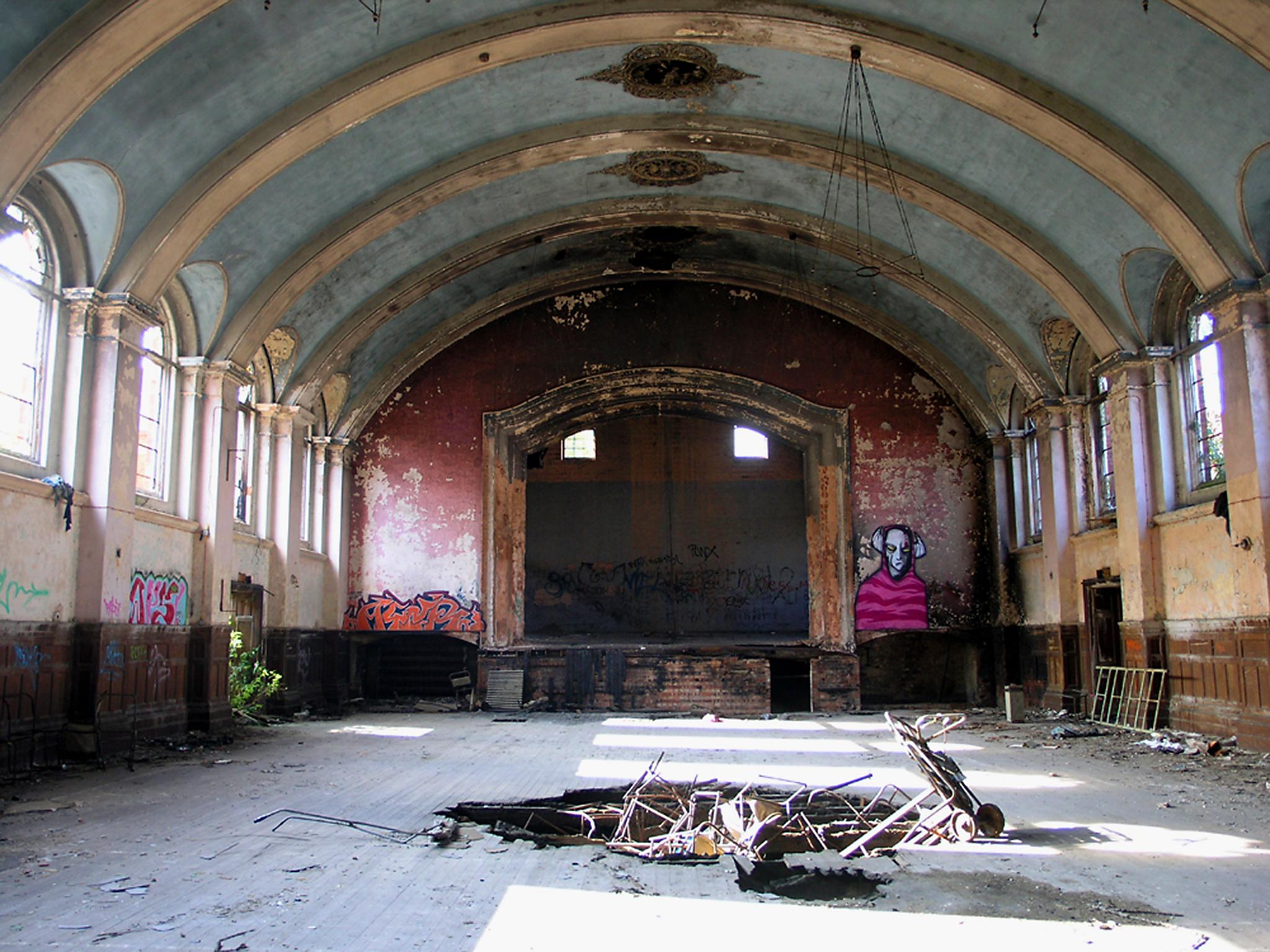
During his time with the LCC, Garrett discovered a number of different motivations beyond the mere thrill of exploration. These people, he discovered, were looking for a closer connection to the cities they lived in, combined with an almost geeky fascination with infrastructure and the way things worked – an interesting counterpoint to their image as a cool underground collective decked out in hoodies and face masks. Garrett found his own greatest thrill in hacking the London Underground to find the city’s abandoned Tube stations. “I absolutely love being in metro systems, ” he says, “hiding out behind small walls and having trains flying by in front of you just inches from your face. God, it’s such an adrenaline rush. And the more time you spend in the system, the more you can’t help but marvel at the incredible feat of engineering that it is to build a metro system.” Listening to Garrett enthuse about the Tube, you begin to understand that the make up of a “typical” urbexer is a perfect storm of nerd and adrenaline junky.
But the adrenaline side can bring its dangers. Garrett has been in a few scrapes that were less than comfortable. Once, crossing the top of the Forth rail bridge at night, it began to rain, making the girders Garrett and his companions were sliding across extremely slippery. “If we don’t start crawling really fast right fucking now, we are going to die on this bridge!” one of Barrett’s companions screamed. Quickening their pace, the team just managed to get to the other side before the beams got too slippery to hold on.
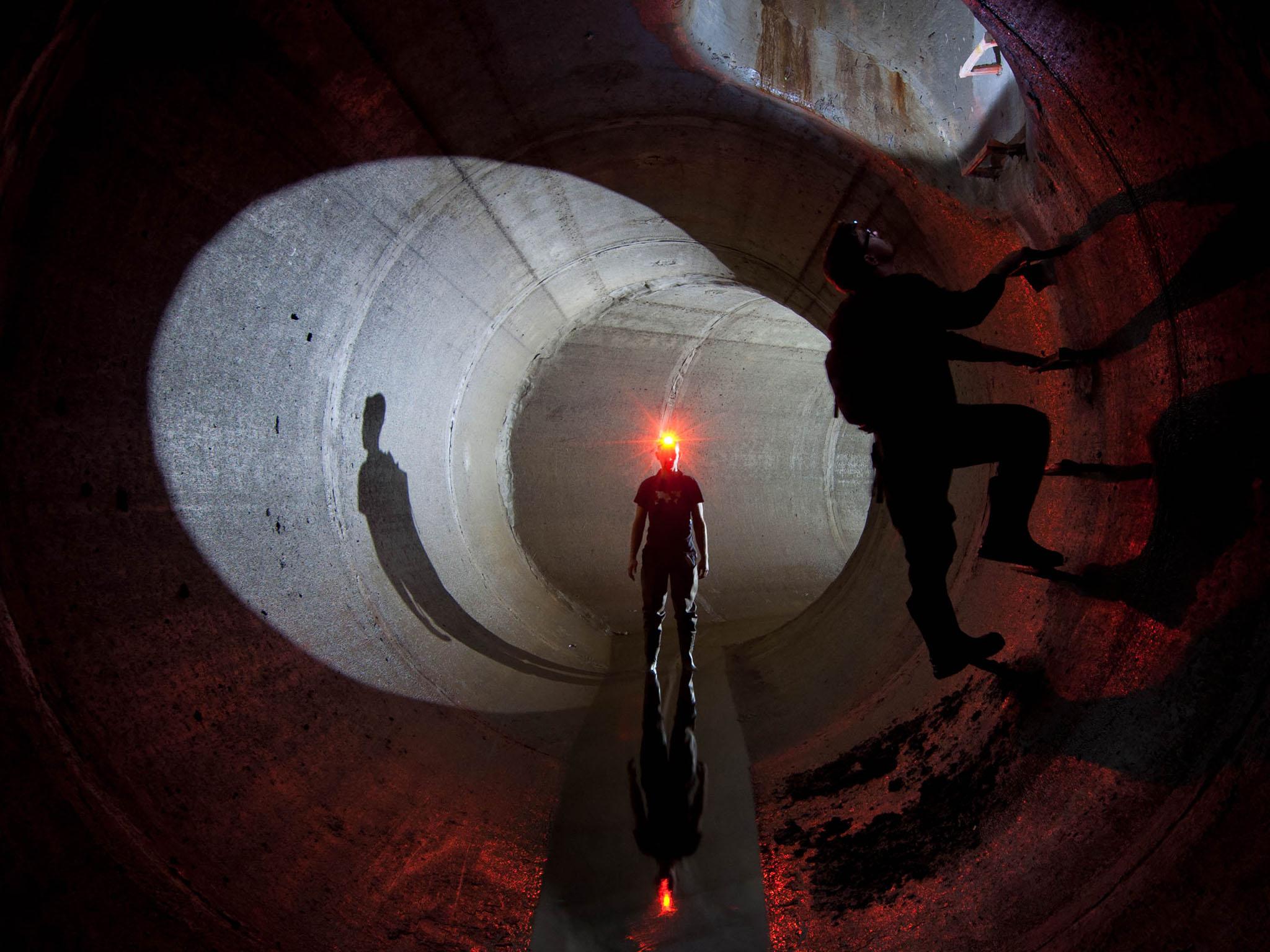
Judging what is and what is not safe to tackle is all about weighing the risks and rewards, Garrett says. “Urban exploring is a calculated risk. When you go into a place you make a very conscious decision about what risks you’re going to take and if the rewards are worth it. When that risk/reward ratio is totally out of whack, then you walk away from it. But the best explorations are right on that line. ”
Garrett and the LCC found just such a line trying to “crack” the London Underground by being the first urbex collective to hack every one of its disused stations. Little did they know at the time but London Transport Police were hot on their heels. “As the stations were narrowing down – four left, three left, two left, they were trying to catch us at one of these stations, ” recounts Garrett.
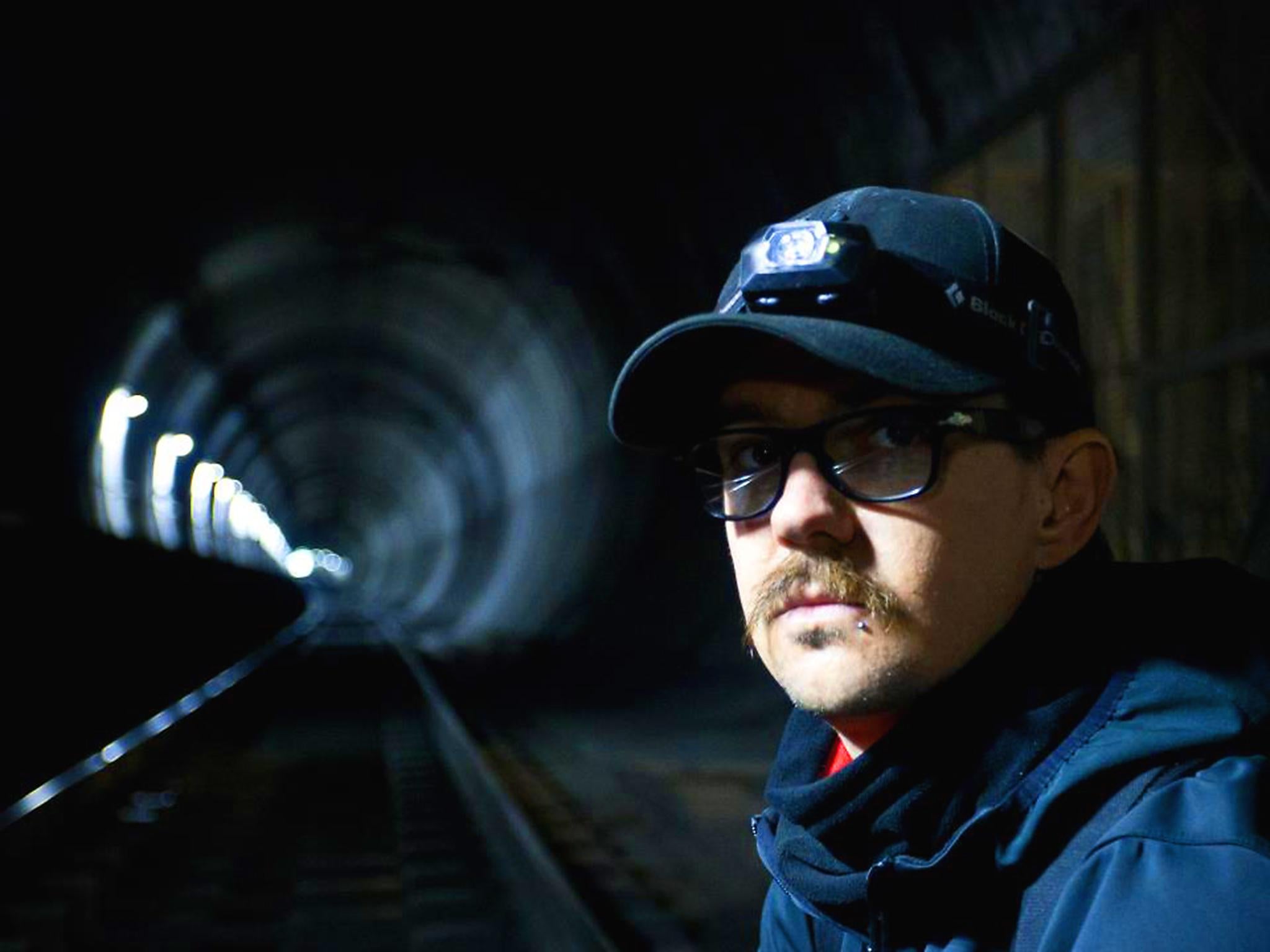
The axe finally dropped in August 2012. Flying back from Cambodia, Garrett’s plane was stopped on the runway and he was led through Heathrow in handcuffs. Charged with conspiracy to commit criminal damage, Garrett and several of his companions had their front doors burst open and all their computers, hard drives and cameras confiscated. They faced a maximum sentence of 10 years in prison and Garrett, as an immigrant, spent two years without his passport trapped inside the country. The case ultimately collapsed before trial but after two years of restriction and anxiety, the damage had been done.
Garret remains philosophical about his arrest and trial. And it helped him identify with another motivation that drives some of the more hardcore urban explorers – a kickback against global capitalism and its steady encroachment on our freedom. “The people who own London and want to make money out of London are not the people who live in London,” says Garrett. “These are global financiers who see space only as a commodity. ”

By exploring parts of the urban landscape officially closed off to them, urbexers are reasserting the individual’s right to freedom of movement, according to Garrett. They are defending the right of the citizen to participate in the workings of his or her own city, in the face of encroaching private interests. Not everyone can don a ski mask and hop down a manhole cover, of course, but as Garrett affirms, “participation is the linchpin. If we demand a right to be actively involved in how our cities are shaped and function then whatever these forces want is a moot point. We shape it anyway. Global capitalism is a force that seeds itself into our brains and makes us think that we can’t do these things, and then we police ourselves, and that’s much scarier than being policed. ”
The man who found himself drowning in a storm drain under Edmonton did not die. He eventually managed to pull himself out. But others have died, and perhaps this is something they would have thought worth dying for – asserting the freedom of the individual amid a world of growing boundaries and restrictions.
For more visit bradleygarrett.com or follow @goblinmerchant
Join our commenting forum
Join thought-provoking conversations, follow other Independent readers and see their replies
Comments